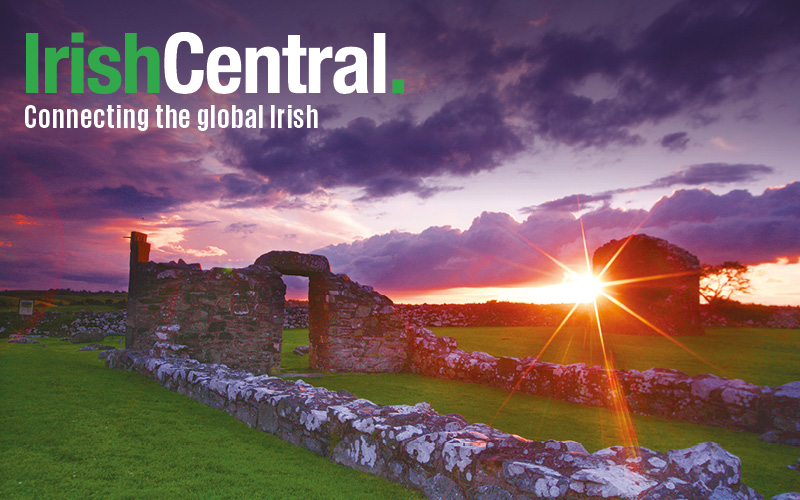Findmypast is working in partnership with IrishCentral to share fascinating insights into your Irish ancestors. Click here to get a special half price subscription, and discover your Irish roots today!
Family historians often start to work up a case with very few documents to work from. The very first thing you learn as a researcher is to compare all documents, in case one may hold a key piece of information that opens up the story. Probably my favorite research tip is precisely this, that researchers should cross-compare all documents to look for anomalies.
Research tip:
At its simplest, the anomaly might be an additional piece of information, the father's occupation stated in a civil but not a church record, for example. Sometimes, the anomaly between documents is not a difference in the internal evidence, but evidence that something different from the norm has taken place. If you're lucky, this is the crack where the light gets in.
Working on a case recently, I found a partial transcript of a baptismal record which, at first glance, seemed to have sufficient information to proceed without checking the original.
St. Michan's RC
Baptized on 21st Nov. 1877, of Anne Thompson of Dunsink, daughter of John Thompson & Grace Parker.
I was thrown into confusion, on finding a marriage record for this same Anne Thompson, daughter to the same parents, married only nine months later.
St. Michan's RC
Married 19th August 1878 Anne Thompson, daughter of John and Grace Thompson married Peter Hackett, in St. Michan's RC church in Dublin City.
I went back to the original church register, to see if I could find anything further.
The Baptismal register contained additional evidence including Anne Thompson's date of birth – 1st July 1852, and a marginal note in ' pidgeon latin', to the effect that it was an adult baptism.
In 1877 the 25 year old Anne Thompson converted from the Anglican church nine months before her marriage to a Catholic husband.
Civil registration of non-Catholic marriages in Ireland began in April 1845, so now that I knew Anne's parents were not RC, I searched the marriage index on Findmypast to trace a civil marriage, and called up the original in the General Register Office.
John Thompson and Grace Maria Parker were married 29th April 1851 by banns in Grangegorman parish, county Dublin. Both were of full age and neither had been married before. John Thompson was an engineer living in 16 Dalymount Terrace; he was the son of Charles Thompson, an astronomer. Grace Maria Parker of no recorded occupation was living in 16 Dalymount Terrace; she was the daughter of Jeremiah Parker, a schoolmaster. The marriage was witnessed by Edward Cavenagh and John Parker.
The evidence in the marriage record provided my Eureka moment, and the significance of Anne Thompson's Dunsink address as recorded in her 1877 adult baptism.
At the time of her birth, Anne's father - John Thompson, was employed as an engineer at the Dunsink Observatory, where his own father Charles Thompson was an astronomer.
Further research showed that in 1817 Charles Thompson (1795-1876) was appointed Assistant Astronomer in Dunsink Observatory, by Trinity College Dublin. Thompson was required by the College laws to "make regular observations of the heavenly bodies… and of the sun, moon and planets."
Charles Thompson held his job for 56 years, and served under three Royal Astronomers, including arguably Ireland's most brilliant scientist Sir William Rowan Hamilton. Rowan Hamilton is known to posterity as the inventor of quaternions, the mathematical equations that underpin modern space-flight. Hamilton was also the youngest ever professor appointed by the College. In 1827 at the age of 22 he was appointed Professor of Astronomy, and took up residence nearby Dunsink Observatory.
Rowan Hamilton didn't allow a little thing like his official academic duties distract him from his research in pure mathematics. Instead he gave his Assistant Astronomer, Charles Thompson, free reign to measure time and space.
Which brings me back to my original research tip:
Always look for the anomaly, it's the loose thread that you follow to find out the hidden stories.
For more stories on tracing your Irish heritage from Findmypast click here.




Comments